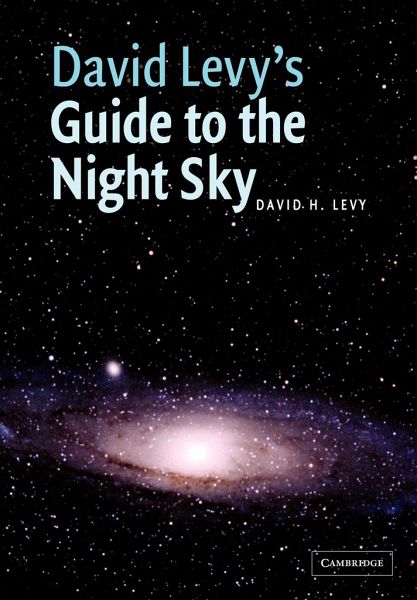
David Levy's Guide to the Night Sky
Versandkostenfrei!
Versandfertig in 1-2 Wochen
54,99 €
inkl. MwSt.

PAYBACK Punkte
27 °P sammeln!
Beginners who have just joined an astronomy club will not find a better first book.


Rechnungen
Bestellstatus
Retourenschein
Storno